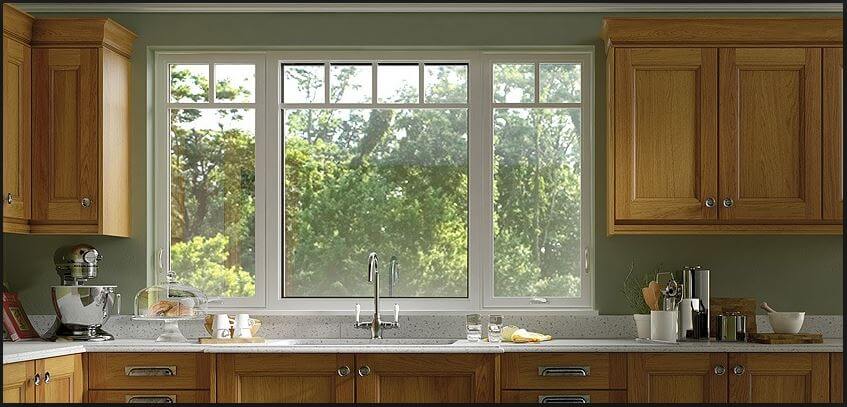- Contact Us Today
- (760) 598-6422
- Get a Quote
How to Inspect Your Home Windows for Leaks and Damage

Windows and doors provide protection and insulation for your home. But they are also possible entry points where unwanted air and moisture can gain access. You should inspect your windows and doors regularly to stop window leaks. Otherwise, you might be paying costly repair and energy bills down the road. Here are a few easy steps you can follow to inspect your home windows in Oceanside, CA:
- Inspection Inside and Outside
The first thing to do is look closely at your windows. Inspect the exterior finishes around windows. Do you notice stains or rust? Are there signs of flaking or peeling? Or is everything in good condition? Look for broken glass or damaged frames. Now do the same on the inside. If you notice signs of discoloration along the walls, sills, floors, or ceilings it might be caused by moisture leaks. If you notice serious damage will want to repair the problem as soon as possible.
Read More: Causes of Window Leaks
- Check Tracks for Dirt or Debris
Open your windows and check the tracks for sand, leaves, dirt, and debris. Contaminants in the track can hamper the airtight seal of your windows. Be sure to clear it away with a vacuum or a soft putty knife. You can use a silicone spray to lubricate the tracks on windows and doors. As you test the operation feel for uneven sliding or sticking. If a window does not open smoothly you might have a warped or damaged frame.
- Test the Locks and Latches
You also want to test the locks and latches on your windows to make sure everything is secure. If a lock doesn’t function properly it could put you at risk, especially if you need to use a window as an escape point during an emergency. So if you have locks that get stuck and do not perform as they should you might think about getting them repaired or replaced.
- Check Caulk and Weather Stripping
A series of seals and weather stripping help improve the efficiency of your windows. Examine these areas for damage and if you notice portions that are ripped, worn, or torn loose—replace them.
- Inspect and Clear Weep Holes
You might have noticed the small holes on the bottom edge of your window frame. These weep holes act as drains for your window frames, allowing moisture to flow out and air to flow in. If these weep holes get blocked, water may seep into the wood of the sill and result in rot and mold.
- Watch for Water Damage
Signs of water damage include discoloration, spots, peeling paint, and warped frames. If you see signs of water damage inside or outside your home you want to find the root of the problem and have it repaired.
- Test for Air Leaks
Lastly, test your windows for leaks. Shut off the HVAC system and all ceiling fans. Close all exterior windows and doors in your home and run the exhaust vents. Then light a candle or incense stick and run it around the frame of windows and doors. If the flame or smoke pulls towards you that is a sign of an air leak. Leaks are common in windows older than 15 years and it is time to start thinking about replacement windows.
Read More: Common Causes of Leaking Windows
For more information about inspecting your windows in Oceanside, CA contact Pelican Replacement Windows at (760) 598-6422. Or you can visit 2210 La Mirada Dr., Vista, CA 92081.

